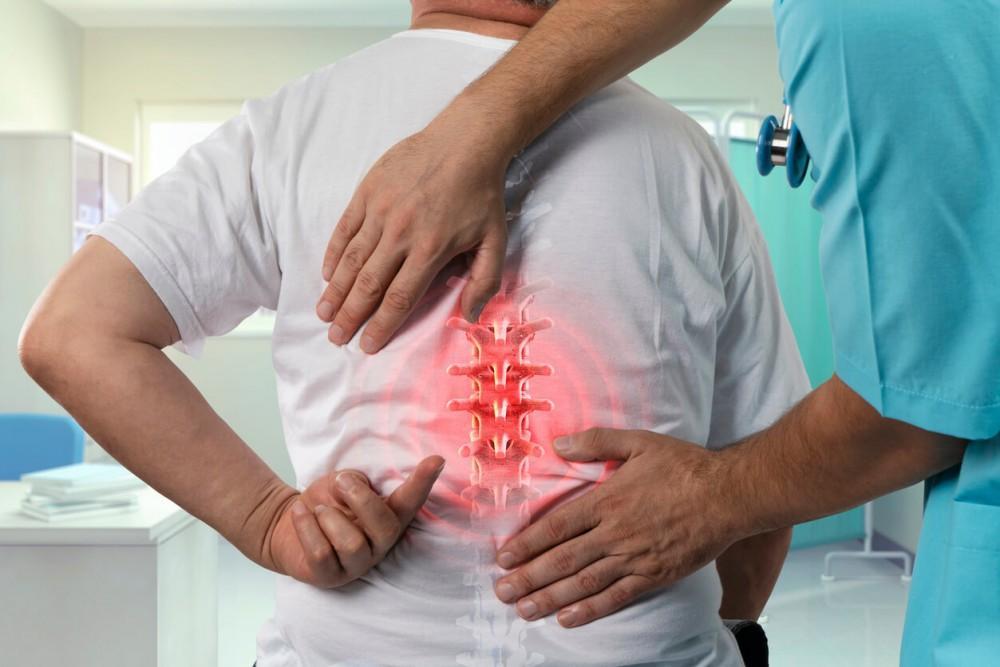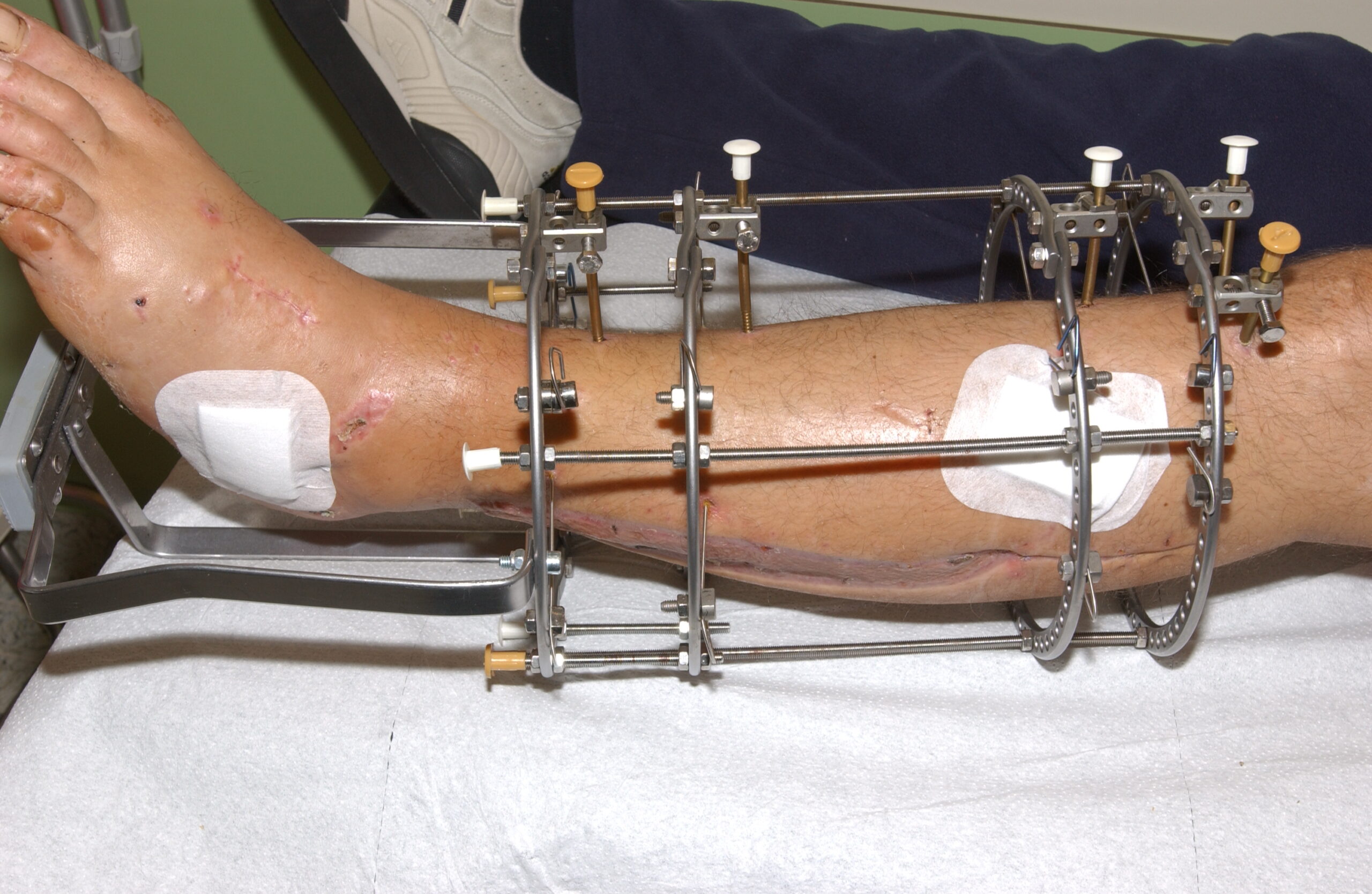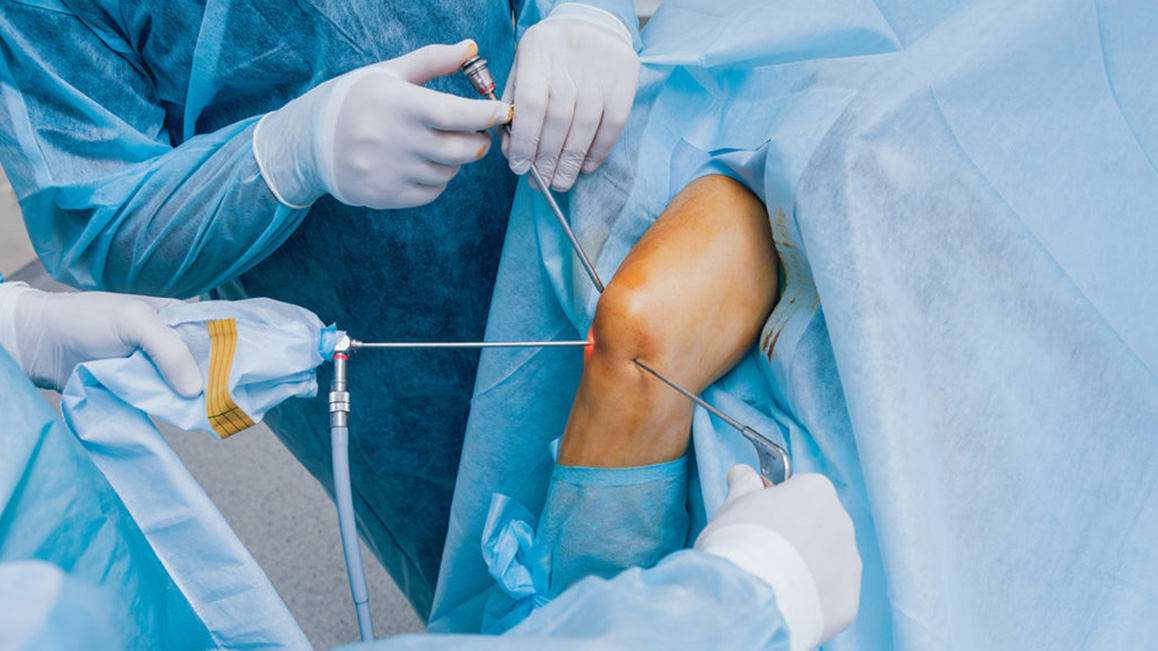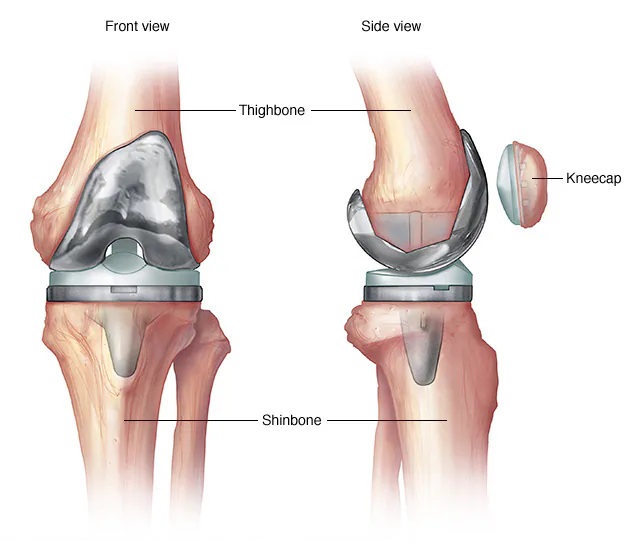
Musculoskeletal Pain Management After Orthopedic Surgical Procedures
Orthopedic surgery often becomes necessary to correct musculoskeletal disorders, including fractures, joint issues, or degenerative conditions. However, these procedures can result in significant post-operative pain that requires effective management to ensure a smooth recovery. Musculoskeletal pain management after orthopedic surgical procedures is crucial not only for patient comfort but also for successful rehabilitation.
Understanding Musculoskeletal Pain After Orthopedic Surgery
Musculoskeletal pain after orthopedic surgery is a common issue that can range from mild discomfort to severe, debilitating pain. The pain typically arises from the surgical trauma to bones, muscles, joints, tendons, and ligaments. Understanding the nature of this pain is essential for its effective management.
Types of Pain
- Acute Pain: This is the immediate post-surgical pain that occurs due to the surgical incision and tissue manipulation. Acute pain usually peaks within the first 48 hours and gradually decreases as healing progresses.
- Chronic Pain: In some cases, pain may persist for weeks or even months after surgery, becoming chronic. This can occur due to nerve damage, scar tissue formation, or incomplete healing.
- Referred Pain: Pain that originates in one part of the body but is felt in another. For instance, hip surgery may cause referred pain in the knee due to the interconnectedness of the musculoskeletal system.
Factors Influencing Post-Surgical Pain
- Type of Surgery: The extent and complexity of the surgery significantly influence the level of post-operative pain. For example, joint replacement surgeries may result in more intense pain than less invasive procedures.
- Patient Factors: Age, overall health, pain tolerance, and pre-existing conditions can all affect how a patient experiences pain after surgery.
- Surgical Technique: Minimally invasive techniques typically result in less pain compared to traditional open surgeries due to reduced tissue damage.
Pain Management Strategies
Effective pain management after orthopedic surgery is multi-faceted and involves a combination of pharmacological and non-pharmacological approaches. The goal is to minimize pain, enhance recovery, and improve the overall quality of life.
1. Pharmacological Interventions
Pharmacological pain management is often the first line of defense against post-surgical pain. The choice of medication depends on the severity of pain, patient history, and the specific surgical procedure.
- Opioids: Often prescribed for severe pain, opioids are effective but come with risks such as dependency and side effects like nausea, constipation, and drowsiness. They are generally used for short-term pain management.
- Nonsteroidal Anti-Inflammatory Drugs (NSAIDs): These medications, such as ibuprofen and naproxen, reduce inflammation and provide pain relief. They are commonly used for mild to moderate pain.
- Acetaminophen: Often used in conjunction with other medications, acetaminophen is effective for mild to moderate pain and is less likely to cause gastrointestinal issues compared to NSAIDs.
- Local Anesthetics: Administered during or after surgery, local anesthetics can provide targeted pain relief by numbing the surgical area. Examples include nerve blocks and epidurals.
- Corticosteroids: These anti-inflammatory drugs can be administered to reduce inflammation and pain, particularly in joint surgeries.
2. Non-Pharmacological Interventions
Non-pharmacological strategies play a crucial role in managing pain and are often used in combination with medications to enhance pain relief and promote healing.
- Physical Therapy: Post-operative physical therapy is essential for restoring mobility, strength, and function. It also helps in reducing pain through exercises that improve circulation, flexibility, and muscle tone.
- Cold Therapy (Cryotherapy): Applying ice packs to the surgical area can help reduce swelling and numb the area, providing pain relief. This is most effective in the immediate post-operative period.
- Heat Therapy: Once the initial swelling has reduced, heat therapy can be used to relax muscles and improve blood flow, aiding in pain relief.
- Transcutaneous Electrical Nerve Stimulation (TENS): This technique uses low-voltage electrical currents to stimulate nerves and reduce pain perception. It is often used as part of physical therapy.
- Massage Therapy: Gentle massage can help alleviate muscle stiffness and improve circulation, contributing to pain relief and relaxation.
- Acupuncture: This traditional Chinese medicine technique involves inserting thin needles into specific points on the body to relieve pain. It is increasingly being used as a complementary therapy in pain management.
3. Psychological Support
Pain is not just a physical experience; it has psychological components as well. Managing the emotional and mental aspects of pain is critical for a comprehensive pain management plan.
- Cognitive-Behavioral Therapy (CBT): CBT helps patients manage pain by changing their thought patterns and behaviors related to pain. It is effective in reducing anxiety, depression, and fear associated with post-surgical pain.
- Relaxation Techniques: Techniques such as deep breathing, meditation, and guided imagery can help reduce stress and pain perception.
- Patient Education: Educating patients about the expected pain levels, recovery timeline, and pain management strategies can reduce anxiety and improve compliance with pain management protocols.
The Role of Rehabilitation in Pain Management
Rehabilitation is a key component of post-operative care, focusing on restoring function and minimizing pain through targeted exercises and therapies. A well-designed rehabilitation program not only addresses physical recovery but also plays a significant role in pain management.
1. Early Mobilization
Early mobilization after surgery is crucial in preventing complications like blood clots, muscle atrophy, and joint stiffness. Gradual movement and weight-bearing exercises, under the guidance of a physical therapist, help in reducing pain and speeding up recovery.
2. Strengthening and Flexibility Exercises
Strengthening exercises focus on rebuilding muscle strength around the affected area, which supports the joint and reduces pain. Flexibility exercises help in maintaining the range of motion and preventing stiffness, contributing to overall pain relief.
3. Functional Training
Functional training involves exercises that mimic daily activities, helping patients regain independence and confidence in their movements. This type of training is particularly important in reducing pain associated with common tasks like walking, bending, and lifting.
4. Manual Therapy
Manual therapy techniques, including joint mobilization and manipulation, are used by physical therapists to improve joint function and reduce pain. These hands-on techniques can be particularly effective in managing post-operative pain.
The Role of Healthcare Providers
Effective pain management requires a collaborative approach involving surgeons, anesthesiologists, physical therapists, nurses, and pain specialists. Each plays a vital role in ensuring that pain is managed effectively and that patients have a clear plan for recovery.
1. Pre-Operative Planning
Pre-operative planning involves educating the patient about the surgical procedure, expected pain levels, and pain management strategies. This preparation helps set realistic expectations and reduces anxiety.
2. Intra-Operative Pain Management
During surgery, the use of appropriate anesthesia and pain management techniques, such as nerve blocks, can significantly reduce post-operative pain. The surgical team’s approach to minimizing tissue damage also plays a role in the level of post-operative pain.
3. Post-Operative Monitoring
Close monitoring of pain levels in the immediate post-operative period allows healthcare providers to adjust pain management strategies as needed. This monitoring is crucial in preventing complications and ensuring effective pain relief.
4. Long-Term Follow-Up
Long-term follow-up care involves assessing the patient’s recovery, managing chronic pain if it develops, and addressing any issues related to pain management. This ongoing care is essential for optimizing patient outcomes.
Conclusion
Musculoskeletal pain management after orthopedic surgical procedures is a complex process that requires a multifaceted approach. Effective pain management involves a combination of pharmacological interventions, non-pharmacological strategies, psychological support, and a well-structured rehabilitation program. The collaboration of healthcare providers is essential in ensuring that patients experience minimal pain, achieve optimal recovery, and return to their daily activities with improved function and quality of life.
By understanding the various aspects of pain management and the role of different therapies and strategies, patients and healthcare providers can work together to manage post-operative pain effectively and ensure a successful recovery.





Leave a Reply